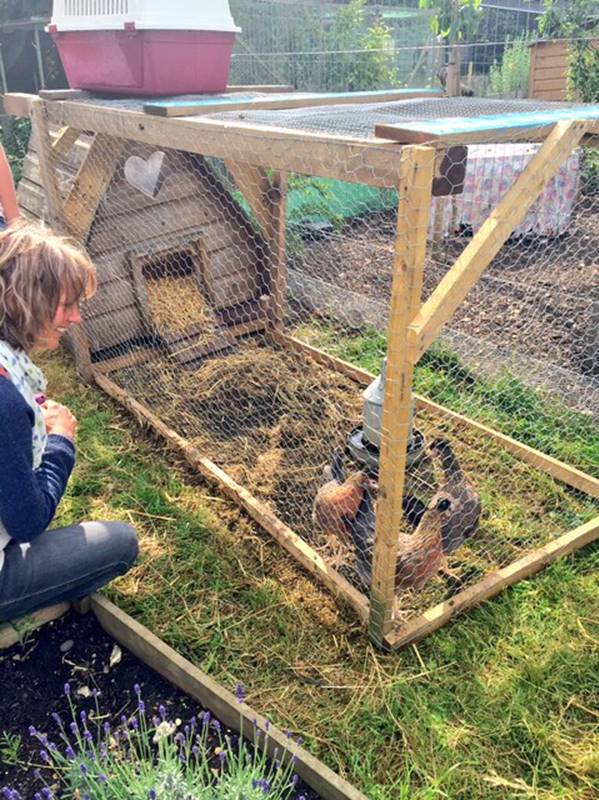
Earlier this month, we caught up with Stuart Moody, publisher of Pocket Farm magazine. Pocket Farm provides practical information for smallholders, backyard farmers and crafters, so we spoke to Stuart about small-scale, back garden chicken keeping. Stuart gave us some great advice in his interview below, so be sure to check it out if you're thinking of owning chickens or need some advice on an existing flock.
Our interview with Pocket Farm
1. What factors do you need to consider before you start keeping chickens?
There are several things you need to consider if you decide you want to keep chickens, especially in an urban environment, not least of which is if you are allowed to. Some properties will have specific clauses in the deeds that forbid it and some local by-laws may also prohibit livestock – which is how chickens are classified – being kept.
You then need to consider what you want from your chickens – do you want to keep them for eggs, as pets, for showing or a mixture of all of those? Different breeds have different characteristics and some will be more suitable to your circumstances than others so you need to research the breeds to make an informed decision.
You also need to be aware that even hens (female chickens) can make some noise so it's best to share your intentions with any close neighbours to gauge reaction.
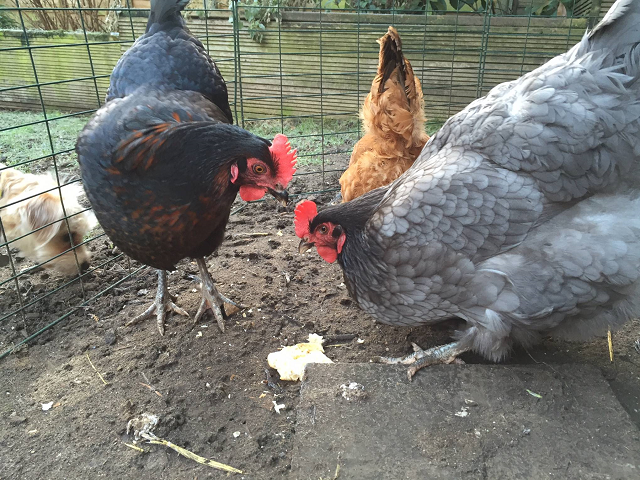
2. Do you have any advice for first-time chicken owners?
Chickens are no more difficult than any other animal to keep but one thing to remember is that not all small animal vets (or even farm vets for that matter) are well versed or experienced in chicken care so it’s wise to check you have a chicken friendly vet in your area in case of emergency.
Try to talk to other local keepers in your area. There may also be a poultry club near you where you can go along to for a chat with the members. They should have lots of useful information about local breeders, by-laws and vets as well as local shows that you might want to attend. They will also be able to pass on husbandry information but just be aware that everyone will have their own preferred care routine – all of which can work perfectly well – so take the basics and adapt them to your own circumstances.
3. What are chickens like around children and other animals?
Some breeds of chicken make excellent pets. Silkies are a very popular pet breed as they have very soft feathers, enjoy being handled are small and have an easy going nature. Orpingtons are much larger – the archetypal storybook ‘big fat hen’ - but are also very amenable to human contact. Other breeds such as the game varieties which were originally bred for fighting – which thankfully is banned now – can be aggressive and more suited to experienced owners.
Be very careful with cats and dogs around chickens as it will be a natural instinct for many to attack and kill birds. That said it’s not unusual for them to get on perfectly well together, however, I would certainly advise caution and close supervision initially.
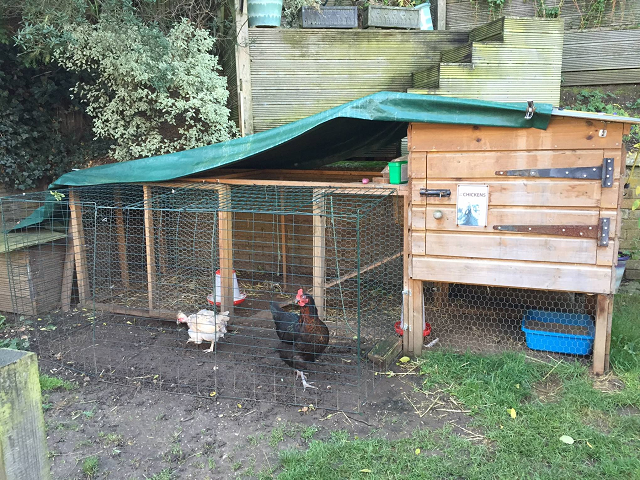
4. What is the best food for chickens to eat? How much food can they get through in a week?
Adult chickens will eat pretty much anything but day-to-day a good layers pellet provides a balanced diet and is easy and clean to provide. Chickens also drink a lot of water and it is important for them to have a good fresh supply to help them digest food properly – chickens can’t eat very well without water - and keep them hydrated.
Feeders designed especially for chickens stop them spreading it around all over the place. Both food and water dispensers can be suspended above the ground to reduce the amount of dirt being kicked into them while the birds scratch about.
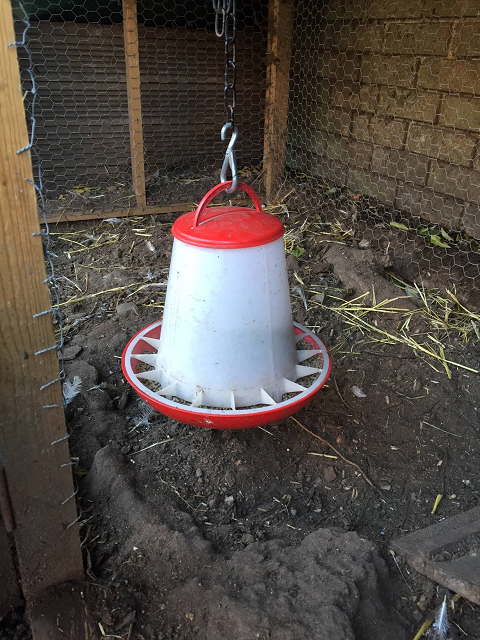
DEFRA rules that you are not allowed to feed scraps that have been through a kitchen but greenery scraps from the veg plot will be very readily received and you can also feed mixed corn which they enjoy hugely. If they are being kept in a garden and you allow then to free range at any time they will try every flower or plant going (some of which may be poisonous to them) as well as gobbling up the grass in no time so if you are a keen gardener be warned not to leave them to their own devices around your well-manicured borders.
Although chickens themselves won’t attract vermin such as rats and mice any spilt or easily accessible food will do so you need to lock their rations away, take food in at night and clear up spillages as much as possible to minimise this.
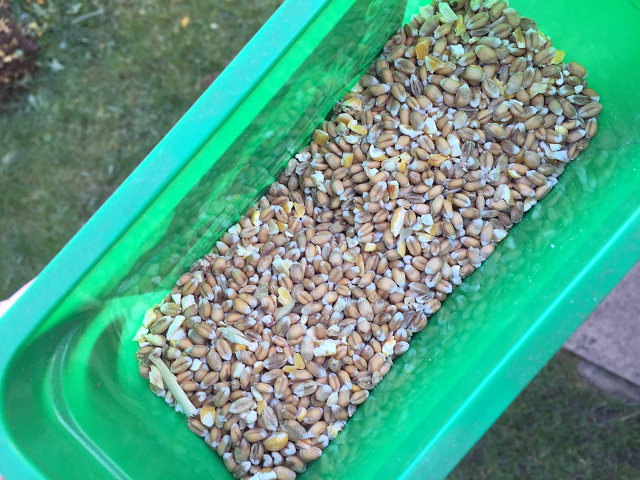
5. How much space do you need to keep chickens?
You need enough space to allow them to behave naturally and for chickens this includes scratching, dust bathing and perching. A covered area – which can just be underneath the coop – is also useful in inclement weather.
The bare minimum suggested by the RSPCA is 1m sq per bird in the run and 1ft sq per bird in the coop. However, common sense will tell you that 1 bird in a 1m sq run is not going to be happy. I would recommend 3 as a minimum as they enjoy company and give them as much space as you can offer.
One of the most important things to consider is security both so the birds can’t escape and so that predators can’t attack them – it won’t take long for local foxes, badgers or even domestic cats to notice there is a new food source available. Foxes especially will inevitably be attracted when your chickens arrive so you need to make sure your housing and enclosure is very secure and preferably that your birds are locked away at night in the coop.
The coop needs to be well ventilated, but not draughty, with about 30cm of perch for each bird although they will huddle up much closer in the winter for warmth.
Coops can be made from wood, plastic or even converted from an old shed or garden tool store. The runs should be of sturdy construction with chicken wire or weld mesh to keep out predators. There are several ways to stop unwanted visitors entering the run including extending the wire down into the ground or building it over a solid base of paving stones for instance.
6. Is it better to keep chickens in suburban areas, as opposed to city locations, or does it depend entirely on space?
Many people keep chickens successfully in urban areas. As long as you keep them clean and bear in mind the considerations discussed earlier there is no reason why you shouldn’t be able to accommodate contented hens even in a city centre.
7. Some people keep chickens and hens as a way of producing their own food, such as eggs. How many eggs do hens tend to lay? Do you need a cock bird for your hens to lay eggs?
It is a misconception that you need a cockerel for your hens to produce eggs. They will lay quite happily – in fact often more so – in the absence of a cock bird. You only need a male if you want your eggs fertilised for hatching. Cockerels can very noisy and aggressive towards hens and owners alike – especially during breeding season - so although they can look very attractive with their flamboyant plumage I would advise against them especially in an urban environment.
Different breeds lay different amounts and colours of eggs so again it’s a case of doing your research. If you purely want eggs then you can’t go wrong with a commercial hybrid which are developed to lay large amounts of eggs whilst consuming less food. There are many crossbred hens to choose from these days so you should be able to find something that fulfils your needs. If you want something a bit more fancy though you can pick from one of the 200+ pure breeds many of which do lay quite reasonable quantities.
An egg laying hybrid can lay 4-6 eggs a week depending on the time of year and can continue longer into the winter or even all year. Purebred hens tend to stop laying in late October through to early spring as the daylight hours reduce.
The egg laying cycle takes slightly longer than a day (about 25 hours) so even the best egg-laying hybrids will skip a day occasionally.
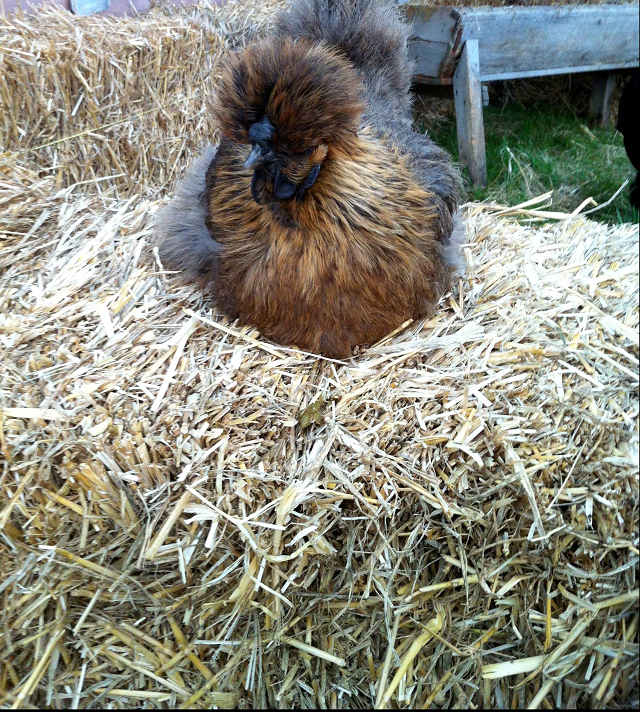
8. If you already have an existing flock of chickens, can you introduce new chickens easily or is it best avoided?
If you already have an established flock then you would need to introduce new birds carefully to avoid potentially nasty clashes with your existing chickens. If you are introducing just a couple into a reasonable size flock then you might find that just popping them on the perch with the others when they are asleep at night will be enough. However, in smaller flocks where they are more likely to be noticed it can be better to house the new stock separately close to or, if the enclosure is big enough, in the existing run for a few days while they become accustomed to each other. Any squabbles when they are released into the main run should be settled pretty quickly as the ‘pecking order’ is established. You must remove any hen that gets a cut though as the other chickens will be attracted to a wound a peck at it making it worse.




